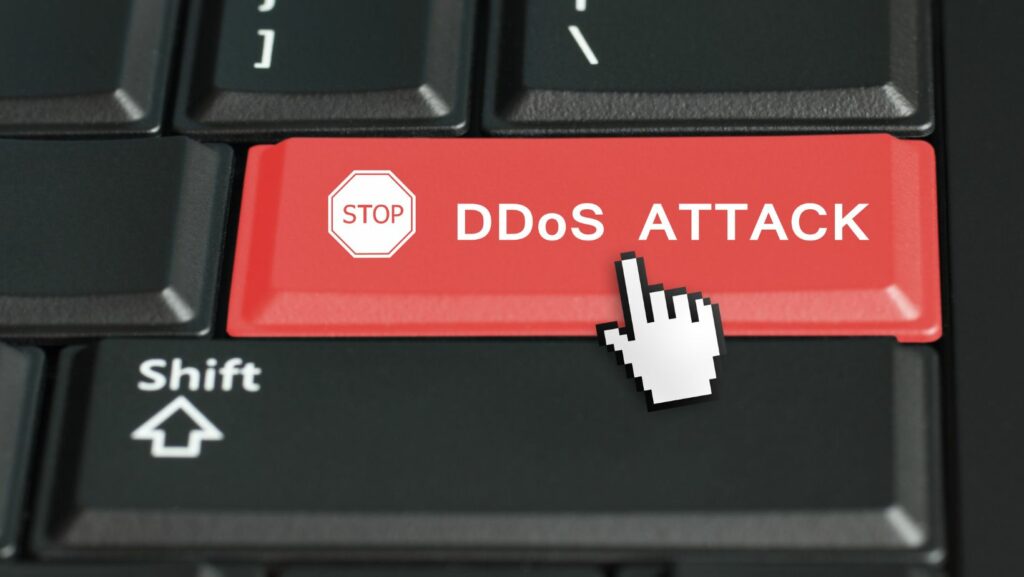In today’s digital-first world, businesses rely heavily on online services, making them increasingly vulnerable to cyber threats. Among the most disruptive are Distributed Denial of Service (DDoS) attacks, which can render digital platforms unusable, damage reputations, and incur significant costs. Understanding and preparing for these risks is no longer optional but is an essential part of your infrastructure strategy.
Table of Contents
ToggleThe Importance of Defending Against DDoS Attacks
The landscape of DDoS attacks has evolved rapidly. In the second quarter of 2025 alone, application layer (Layer 7) attacks surged by 74 %, particularly targeting financial services, eCommerce, and ICT providers. One botnet involved a staggering 4.6 million infected devices, capable of bombarding targets with tens of millions of malicious requests. These attacks can persist for days, causing prolonged disruption.
Considering the scale and sophistication of modern threats, businesses must adopt a multi-layered defence approach that combines detection, mitigation, and continuous adaptation.
Core Defence Mechanisms Against DDoS Attacks
1. Transparent and Real-Time Mitigation
Real-time solutions for DDoS attacks, such as those provided by Corero’s basic mitigation platform, can identify and block malicious traffic instantly, keeping services online and maintaining business continuity.
2. Layered Defence Strategy
Employing a combination of Application Layer (Layer 7) and Network Layer defences is critical. Cloudflare, for example, defines DDoS mitigation as a tiered process encompassing detection, response, routing, and adaptive measures, offering a robust structure for mitigation.
3. Web Application Firewalls (WAFs) and Rate Limiting
Using WAFs helps filter malicious traffic at the application level. By monitoring and classifying incoming requests, WAFs can intercept layer-specific attacks, such as HTTP floods or malformed requests. Implementing rate limiting further helps to throttle repetitive and suspicious traffic before it surges.
4. Network Monitoring and Traffic Scrubbing
Continuous monitoring of network traffic is essential. When anomalies are detected, traffic scrubbing redirects malicious requests to a ‘cleaning centre’, filtering out harmful content and ensuring legitimate traffic reaches your infrastructure.
Choosing the Right DDoS Mitigation Strategy
Automated or Manual?
Automation is key. Manual defences often fail due to the sheer speed and volume of modern attacks. Solutions like Corero’s offer real-time, automatic mitigation to keep up with attacks that are often measured in seconds.
On-Premises, Cloud or Hybrid?
Hybrid models combine on-prem and cloud defences and offer the best of both worlds—local agility and scale. This approach supports redundancy and better resilience against larger-scale attacks.
Integration and Response Readiness
Your defence tools should integrate seamlessly with existing systems. A strong incident response plan, regularly tested and refined, is indispensable.

Additionally, combining monitoring, alerting, and mitigation ensures that when attacks do occur, your network remains operational.
Expert Insight for Smart Decisions
Research from Lumen Technologies suggests that businesses benefit most from defence services offering proactive monitoring, sizeable network capacity, and rapid mitigation capabilities.
Practical Steps to Enhance DDoS Preparedness
- Stress Test Your Systems: Simulate DDoS scenarios to evaluate your response readiness.
- Conduct Regular Traffic Analysis: Use tools that detect anomalies and alert your team early.
- Establish Incident Protocols: Document roles, communication chains, and escalation steps.
- Consider External Expertise: Partners like Corero offer scalable and automated protection systems tailored to organisational needs.
Looking Ahead: The Need for Strategic Defences
The sheer scale of modern DDoS threats makes patchwork security measures inadequate. Businesses must embrace comprehensive, adaptive defences, blended with automation and monitored intelligence, to keep systems resilient.
Real-time protection, strong traffic filtering, layered defences, and incident preparedness are all essential to maintaining uninterrupted online services. For businesses of every size, preparing for DDoS risks isn’t just prudent; it is a strategic imperative.










